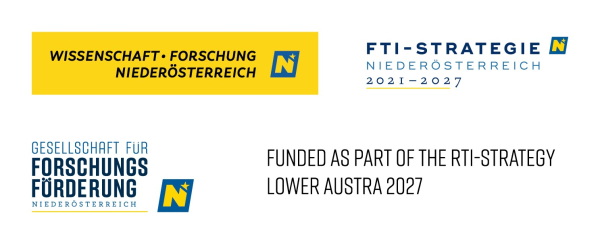Ultrasound-Based Skeletal 3D scans for Personalized Musculoskeletal Modelling.
Background
Being able to walk is crucial for a high quality of life. This becomes obvious when injuries, diseases, or functional disorders affect the motor system. Musculoskeletal disorders pose both personal and financial strains, with Austria spending around 1.6 billion euros annually. Three-dimensional gait analysis (3DGA) is the primary assessment tool for analysing movement patterns and detecting musculoskeletal disorders. However, it has its limitations, often resulting in inaccuracies. Magnetic resonance imaging (MRI) offers a solution, but at elevated costs and complexities. A faster, cheaper, and radiation-free alternative is three-dimensional freehand ultrasound (3DFUS). However, this technology needs to be improved, as it is still in its infancy.
Project Content
In this research we aim to utilize 3DFUS to create person-specific bone models quickly without the risks of radiation exposure. The core objective is to optimize and automate the segmentation of bone surfaces from images captured by 3DFUS. Upon identification of these surfaces, we construct individualized bone models employing Statistical Shape Modelling (SSM). The validity of these models is then ascertained through a comparative analysis with MRI-scan-based segmentations. Building on these personalized models we perform musculoskeletal simulations. This process comes with four scientific challenges: (1) effective scanning of tibia, femur, and pelvis using 3DFUS and SSM, (2) assessing inertial measurement unit (IMU, which measures a body’s specific force) and other potential tracking techniques for the ultrasound (US) probe, while considering known drift issues in IMU (i.e., the gradual deviation of sensor measurements from true values over time), (3) successfully integrating the Torsion Tool (i.e., automated tool for personalising femoral and tibial geometries in OpenSim musculoskeletal models) with 3DFUS for improved femoral and tibial measurements in musculoskeletal models, and (4) incorporating these models into OpenSim simulations and comparing results against generic models.
Goals
The research aims to devise a method to generate near real-time, radiation-free, person-specific bone models directly in motion analysis labs. The pivotal question revolves around whether we can use 3DFUS to accomplish that and produce real-time, individualized bone models of the femur, tibia, and pelvis that are suitable for musculoskeletal simulations. We also aim to evaluate the accuracy and efficiency of these models in comparison to traditional methods.
Methods
The Clarius Ultrasound (US) system, a state-of-the-art portable ultrasound device, captures high-resolution images of target bone areas. For accurate three-dimensional positioning, the Clarius system is combined with a Vicon motion capturing system. The combination of ultrasound images and spatial coordinates enables the generation of a sparse representation of a personalized bone surface. SSM is then used to adapt this sparse surface into a detailed bone model. Model-Validity is evaluated by comparing the 3DFUS model surface to MRI-based models with a surface distance error heatmap. Tools like Py3DFreehandUS and “UNet++: A Nested U-Net Architecture” are explored for image segmentation, various tracking techniques such as internal IMU and markerless tracking are evaluated for probe tracking, and the Torsion tool and STAPLE tool are evaluated for personalizing musculoskeletal models. Finally, the created models are utilized in OpenSim simulations, with the existing generic bone models being replaced by MRI and 3DFUS bone models. Simulations, based on 3DGA motion data, are run for each individual. Outcomes are compared to assess the efficiency and accuracy of the developed 3DFUS methods.
Funding
The content does not necessarily represent the view of the state of Lower Austria or the funding agency. Neither the state of Lower Austria nor the funding agency can therefore be held responsible for the content.
You want to know more? Feel free to ask!
Department of Health Sciences


